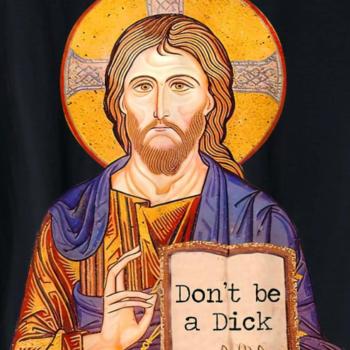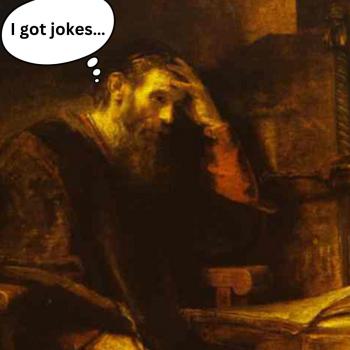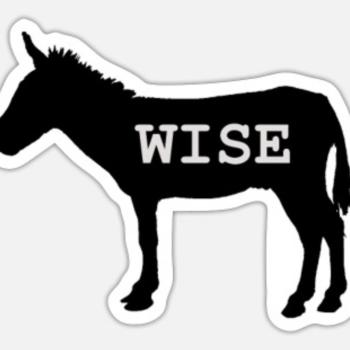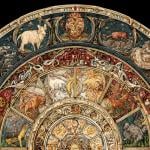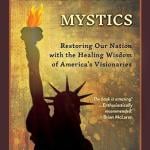We don’t want the Christian tradition to become an antique shop just preserving old things. We want to build on old things and allow them to be useful in different ages, vocabularies, and cultures. We want our faith to be ever new, so that it can speak to souls alive and in need right now! – Richard Rohr
During the holiday season, we can see the old ways of tradition booming forth within each culture context. In most Western societies, the Christmas tradition rings loudest with its songs, lights, decorations and food. Not to take way the amazing traditions of Hanukkah, Kwanza, Winter Solstice, Yule, etc. What I am doing here is simply pointing out a renewed since of presence within the Christmas tradition. It’s easy to see the beauty within the holiday of Christmas and forget how much it has evolved since it’s beginnings.
In many instances, the Christmas holiday borrows from other ancient traditions to capture the currents cultures needs and desires. For example, the lights on the Christmas tree. Early Christians adopted this custom from early Celtics due to its symbolism of keeping “the evil spirits at bay”[2.]. Christians repurposed this custom into a symbol of resurrection to the “tree of paradise”. Both customs bring with it a truth of protection and new beginnings. Thus, the reason early Christians adopted the custom.
Also, even with the issues the Santa Clause brings (consumerism, greed, etc.), he did stem from a real Christian figure in Saint Nicholas as well as the folklore character known as Woden. Both figures brought gifts to the ones in need (which is a great symbol of what God does for her creation). I think the actual historic figure in this (Saint Nicholas) should be the one we tell our kids about. Here is what the real deal good old Saint Nicholas was about:
He used his entire inheritance to help the poor, sick, and children in need. He gave in secret, expecting nothing in return. Nicholas saved young women from slavery, protected sailors, spared innocents from execution, provided grain in a famine, and rescued a kidnaped boy. [3.]
All of this really points to numerous amounts of diverse traditions from ancient times that are still bringing about new ways of life in this holiday season. See, when we discover that the old ways were new once in time, we discover that the old ways always can become the new ways if we allow them to be renewed. I think we get to caught up in the tug between old vs. new that it ends up always being this dualistic battle instead of being a beautiful complementation.
We must let go of the idea that we must have this ageism divide between the old and new. To become unified (John 17:23) we will have to be more open to both sides of the old and new paradigm. Of course, when we see a tradition that brings harm to and individual or group, we have to cease the practice of that particular tradition and let it go. This can be hard for both sides. There will always be a time where regardless of how new or old a practice is, death and resurrection is going to be needed for a new type of design.
Jesus brings this same type of idea up when he said: “Every disciple of the kingdom is like a householder who draws out from his storage room, things both old and new”. —Matthew 13:52. It’s when we come to the reality of the responsibilities of someone who is for the abundant life of all (not just some who have the same type of beliefs), regardless if it holds to the old or new ways. This is no easy feat. Fear has to die and love has to reign. It’ll be difficult but I believe it’s something that needs to be done if we ever want a world that brings life instead of death…
Oh, my ways are strange ways and new ways and old ways, And deep ways and steep ways and high ways and low, I’m at home and at ease on a track that I know not, And restless and lost on a road that I know.- Henry Lawson




